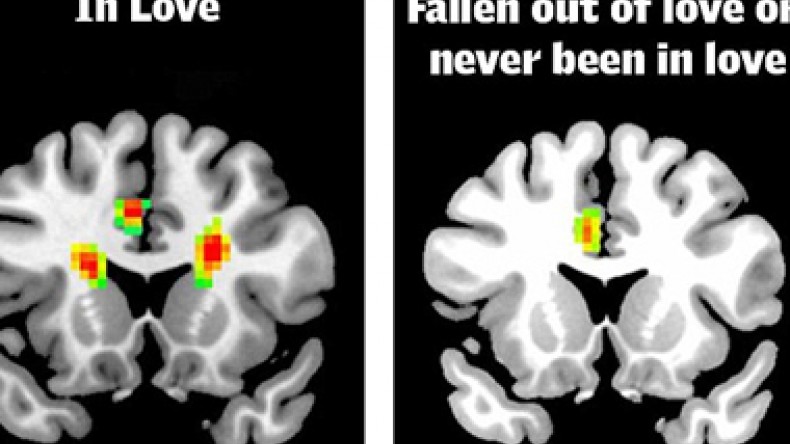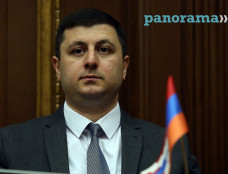
Brain experts say they can tell what stage of romance someone is at by looking at MRI results
It is the perfect invention for an angst-ridden teenager or a suspicious spouse - scientists have paved the way for a test that can tell if someone is truly in love.
Neurologists claim to have discovered the secrets of how different emotions affect the brain, the Daily Mail reports.
By poring over scans of people in different stages of romance, they think they have the first clues as to what true love looks like.
Initial results show a dozen different areas of the brain is affected in different ways by the emotions of love.
A cocktail of chemicals carry messages from one region to another, which may allow scientists in the future to use MRI scans to tell what someone truly feels.
Early results published in the journal Frontiers in Human Neuroscience reveal that the team are already confident they have discovered the part of the brain - the caudate nucleus - which is most active at the end of a love affair.‘
If the other parts of the puzzle can be pieced together, they may one day be able to tell exactly how someone feels with a brief scan.
The concept opens up new possibilities for use of the technology in legal disputes, divorce proceedings or criminal trials involving crimes of passion.
Professor Xiaochu Zhang of the University of Science and Technology of China, who led the study, said: ‘Our study provides the first evidence of love-related alterations in the underlying architecture of the brain and the results shed new light on the mechanisms of romantic love.
‘Based on our results, we guess the love may influence dispersive brain networks during general state, including the reward, emotion regulation, motivation, as well as the social cognition brain networks.
‘It might suggest, when someone fall into the love, their brain works in a different way in many types of behaviours besides the love-related during the daily life.’
Researchers carried out brain scans of 100 men and women. Some of the participants reported being intensely in love, others had recently ended a romantic relationship and a third group were single and had never had a romance.
Early findings show that the areas of the brain involved include those already known to be associated with reward, motivation, emotion, and social functioning.
The different areas ‘light up’ under the scanner as key hormones - dopamine, oxytocin and vasopressin - flow to different parts of the brain at different rates.
The key now is to carry out enough tests so that a definitive ‘brain map’ can be drawn up indicating what different emotional states look like.
Newsfeed
Videos






























